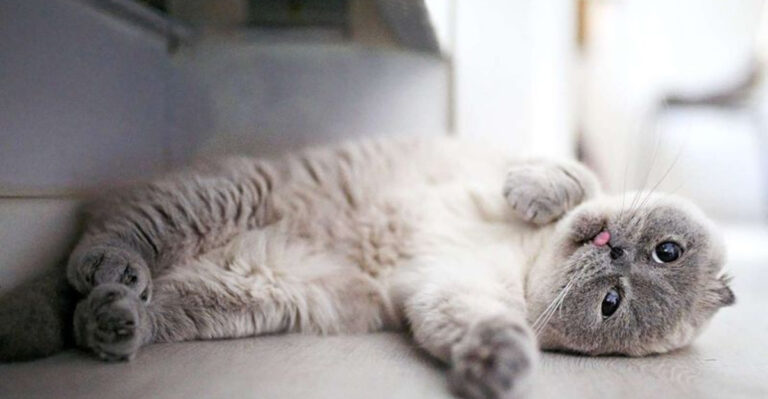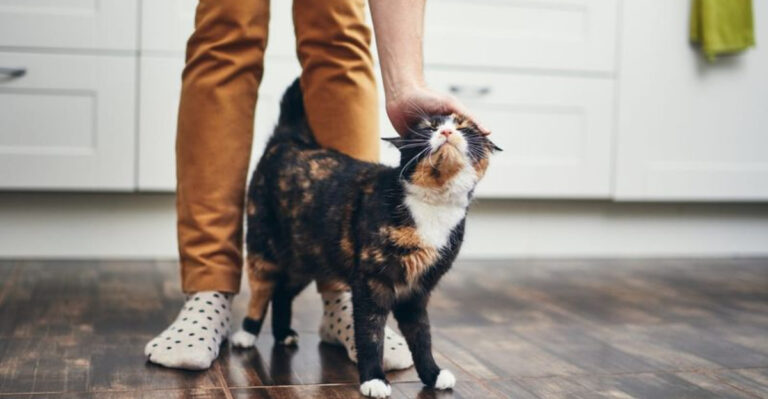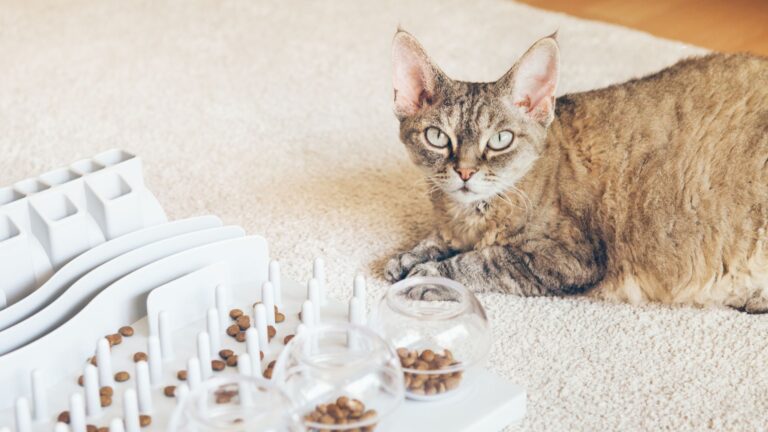15 Things Cats Need Most During Emotional Transitions
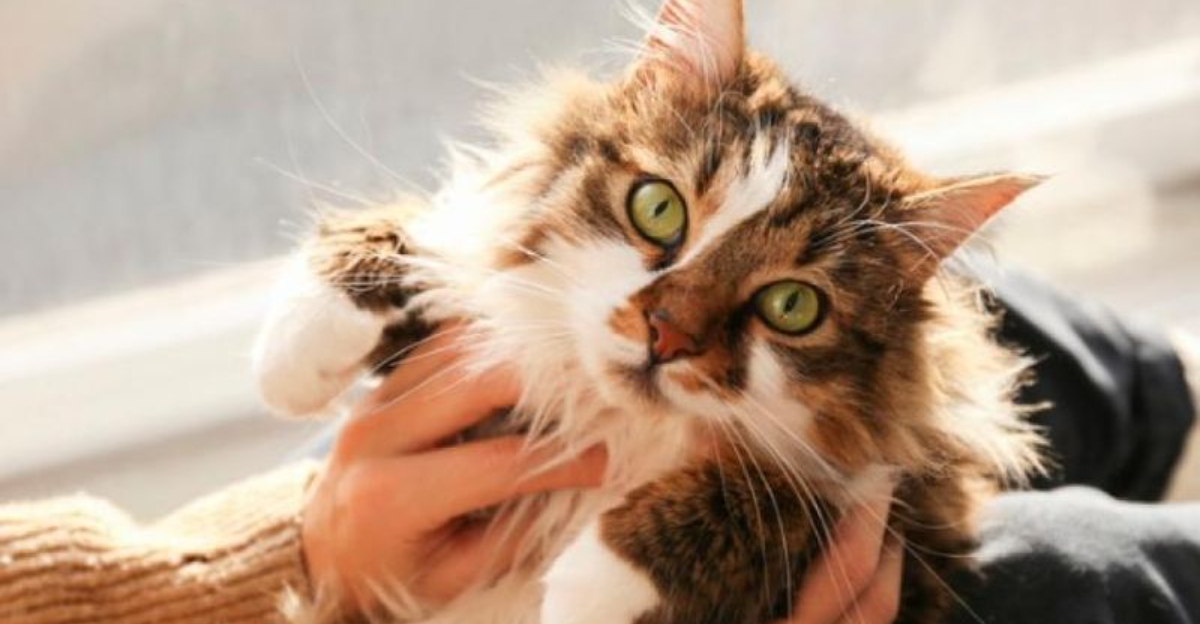
When cats face changes like moving homes, welcoming new family members, or adjusting to different routines, their emotional wellbeing can take a hit. These furry friends rely on consistency and may struggle when their world shifts unexpectedly.
Understanding what your cat needs during these emotional transitions can make all the difference between a stressed kitty and a content companion.
1. Familiar Scent Objects
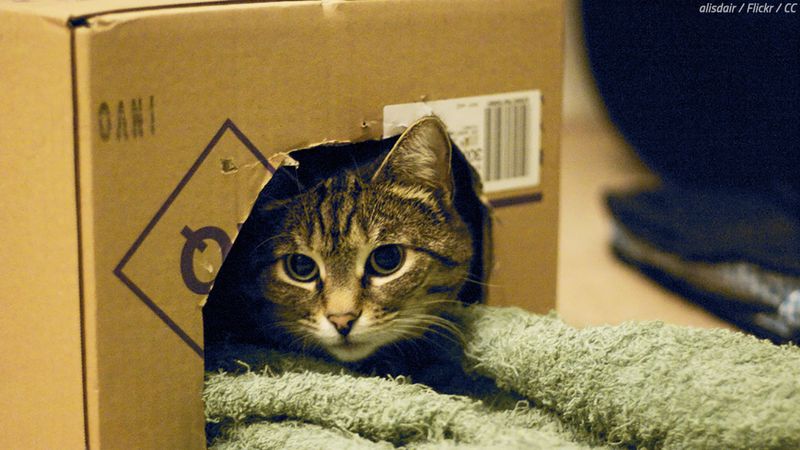
Ever noticed how cats rub their faces on everything? They’re leaving their scent marks – comfort signals in their world.
During moves or changes, keep their favorite blanket or toy unwashed. These scent-soaked items create invisible security blankets, reminding them that even in new spaces, something familiar remains.
2. Consistent Feeding Schedule
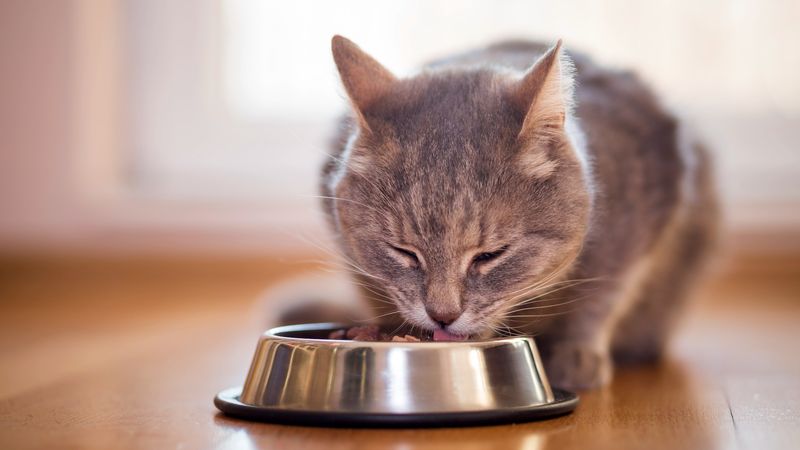
Mealtime structure anchors a cat’s day like nothing else. The clock strikes six, and suddenly your cat appears – their internal timers are remarkably precise!
Maintaining the exact feeding schedule during transitions prevents digestive upsets and provides psychological comfort. Food reliability tells your cat that despite other changes, some parts of life remain dependable.
3. Hidden Retreat Spaces
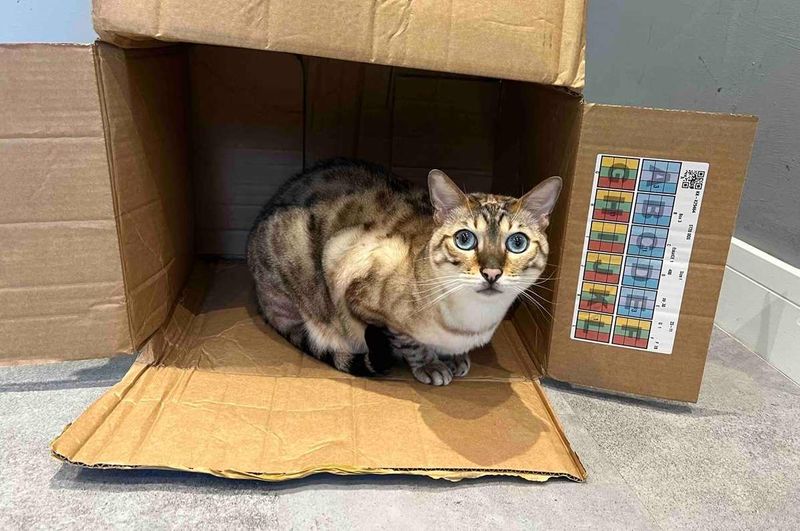
Boxes aren’t just internet-famous cat magnets – they’re essential emotional sanctuaries. Secret hideaways allow cats to observe changes from safety.
Create multiple retreat options throughout your home. A covered cat bed under furniture, a cardboard box with a blanket, or a dedicated quiet room gives your cat control over their exposure to stressful stimuli.
4. Pheromone Diffusers
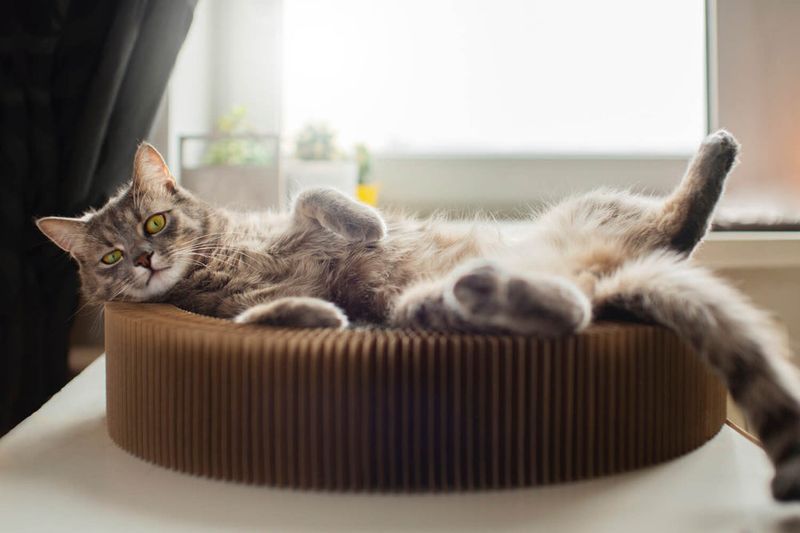
Science has bottled the invisible comfort signals cats naturally produce. Synthetic feline facial pheromones mimic the calming messages cats leave when they rub their cheeks on objects.
Plugging in these diffusers before introducing changes can dramatically reduce anxiety behaviors. The effect is like an invisible emotional support bubble surrounding your cat during turbulent times.
5. Predictable Play Sessions
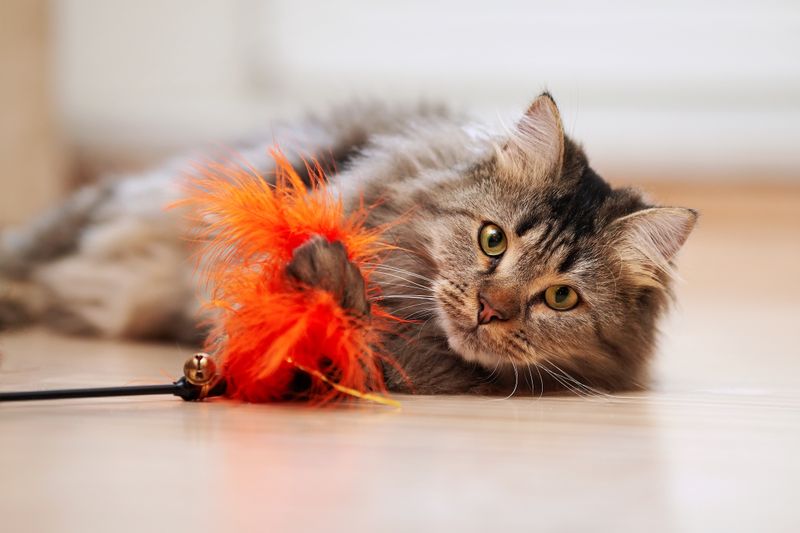
Feather wands transform anxious energy into purposeful play. Beyond just fun, scheduled playtimes create islands of normalcy in seas of change.
Morning and evening sessions of just 5-10 minutes help maintain your bond while providing much-needed physical and mental stimulation. Watch how playing at the same times daily helps anxious cats regain their confidence.
6. Unchanged Litter Setup
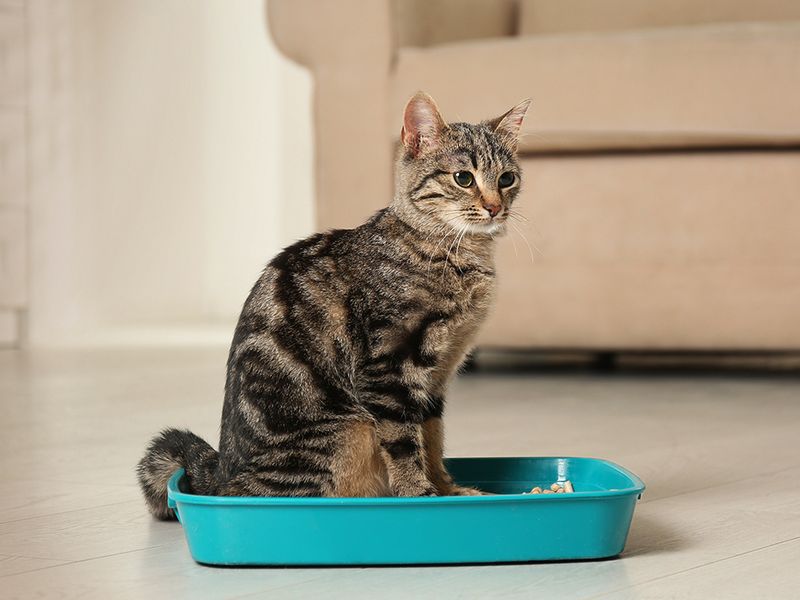
Bathroom comfort matters as much to cats as it does to humans! Territory-conscious felines find security in consistent toileting spots.
Keep the same litter brand, box type, and location whenever possible during transitions. If changes are necessary, make them gradually by mixing old and new litter or temporarily placing the box in both old and new locations.
7. Gentle Sound Therapy

Unexpected noises trigger fight-or-flight responses in sensitive feline ears. Soft background sounds can mask jarring environmental changes.
Classical music specifically composed for cats, nature sounds, or white noise machines create acoustic barriers against stressful stimuli. Many cats respond particularly well to sounds that include purring frequencies or gentle bird chirps.
8. Elevated Resting Perches
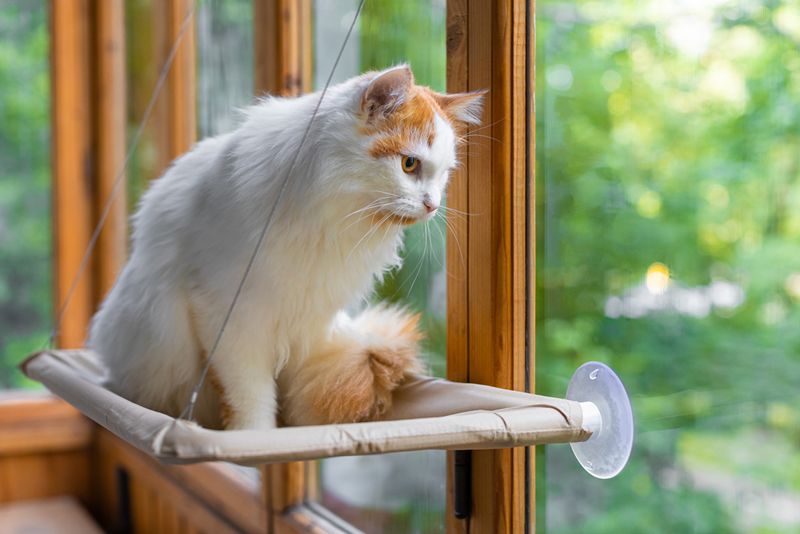
Height equals security in cat psychology. Observing potential threats from above activates their natural predator advantage.
Window perches, cat trees, or cleared bookshelf spaces offer surveillance points that reduce vulnerability feelings. During transitions, ensure these high spots remain accessible – they’re not just furniture but emotional safety zones where cats can process changes below.
9. Slow Introductions To Change
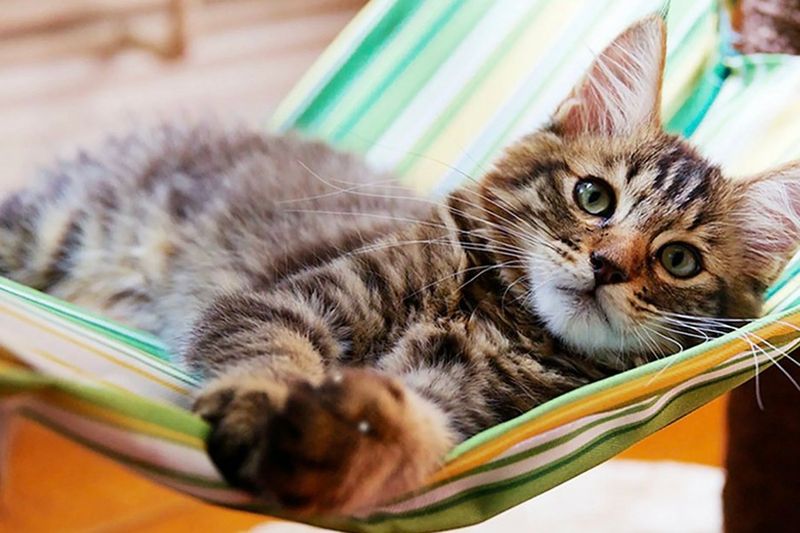
Rushing a cat through transitions is like forcing someone with anxiety into a crowded concert. Their sensitive systems need gradual exposure.
When introducing new people, pets, or environments, use the “sanctuary room” method. Start by giving your cat one fully familiar room with all essentials, then slowly expand their territory as their confidence grows.
10. Calming Body Wraps

Gentle pressure works wonders on anxious nervous systems – for humans and cats alike. Special fabric wraps apply light, consistent pressure that activates calming neurological responses.
These snug-fitting garments mimic the security kittens feel when held by their mothers. For severe transition anxiety, a properly fitted calming wrap can reduce stress behaviors like excessive grooming or hiding.
11. Uninterrupted Routine Elements
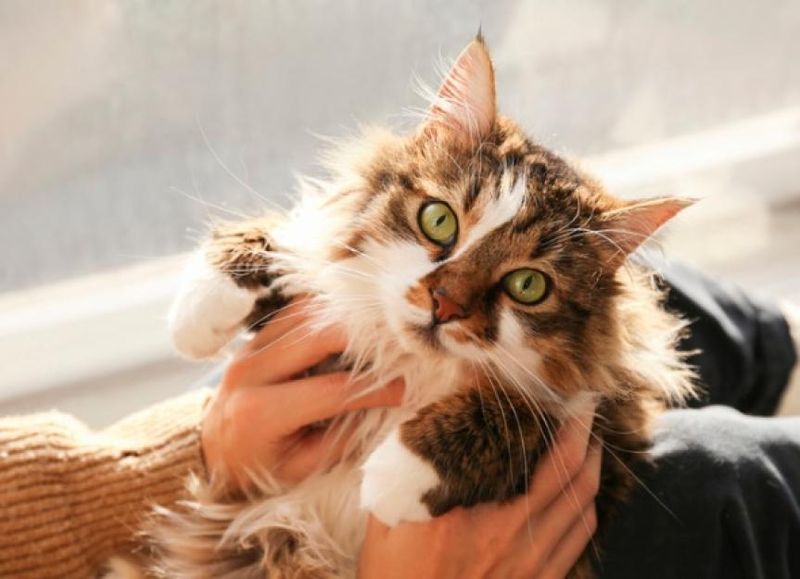
Sunrise stretches and sunset zoomies aren’t just cute behaviors – they’re clock-setting rituals for your cat. Preserving as many routine elements as possible creates stability islands.
Morning greeting rituals, pre-bedtime play, or weekend window-watching sessions should continue uninterrupted. When everything else changes, these predictable moments become precious anchors for your cat’s emotional wellbeing.
12. Respectful Handling Techniques
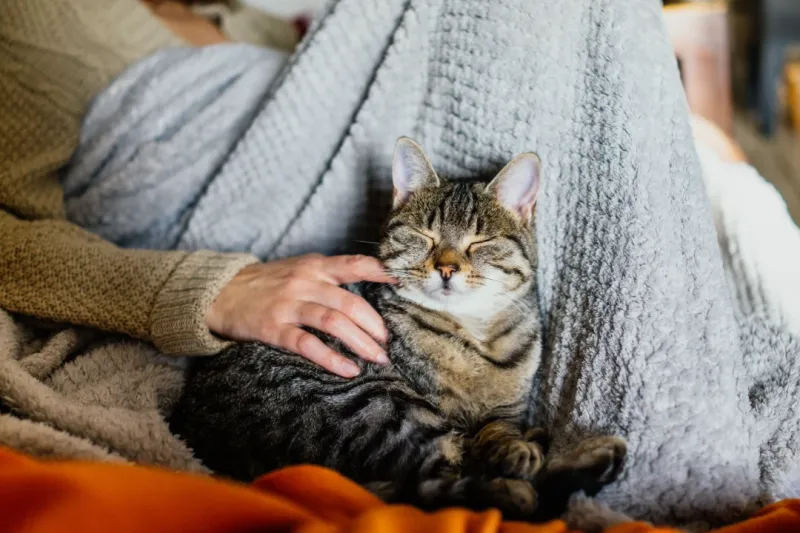
Stress amplifies touch sensitivity in cats. What normally feels pleasant can suddenly overwhelm their nervous systems during transitions.
Watch for subtle body language cues like tail twitches or ear positions. Offer comfort on their terms – some cats prefer gentle strokes while others need space. Remember that hiding isn’t rejection – it’s self-regulation that deserves respect.
13. Enrichment Through Foraging
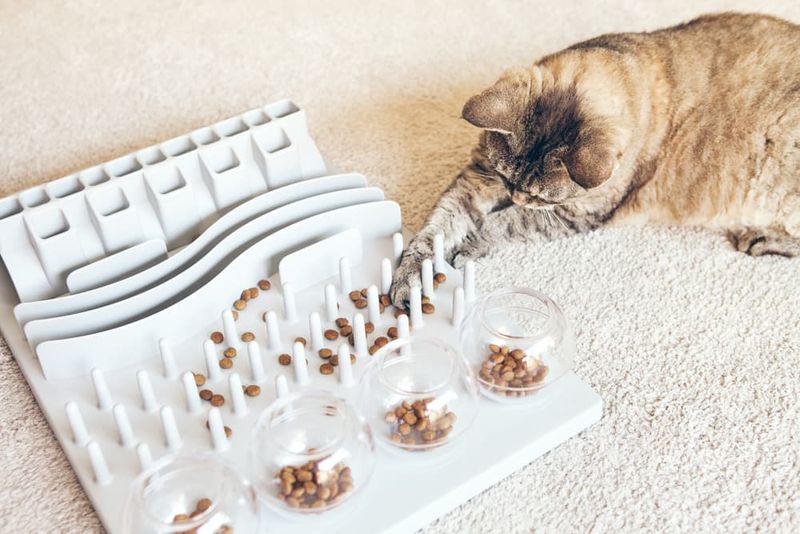
Wild cat ancestors spent hours hunting and searching for food. This instinctual drive can be channeled into stress-relieving activities during transitions.
Food puzzles, treat-dispensing toys, or simply hiding kibble around safe areas engages problem-solving skills. This mental stimulation redirects anxiety into productive focus while reinforcing their sense of capability during overwhelming changes.
14. Your Calm Presence
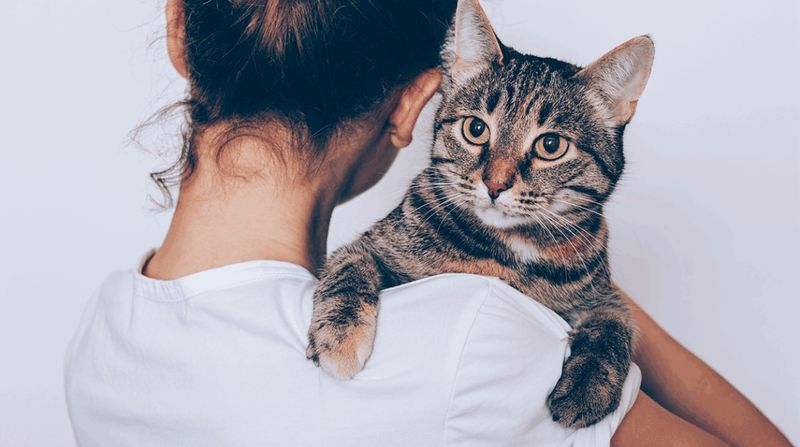
Emotional contagion is real – cats literally catch our feelings. Your steady heartbeat and relaxed breathing become living lullabies for anxious felines.
Simply sitting quietly in the same room reading or working provides reassurance without pressure. Your cat may not seek physical contact during stress, but your predictable presence communicates that everything is manageable, even if things are changing.
15. Natural Calming Supplements
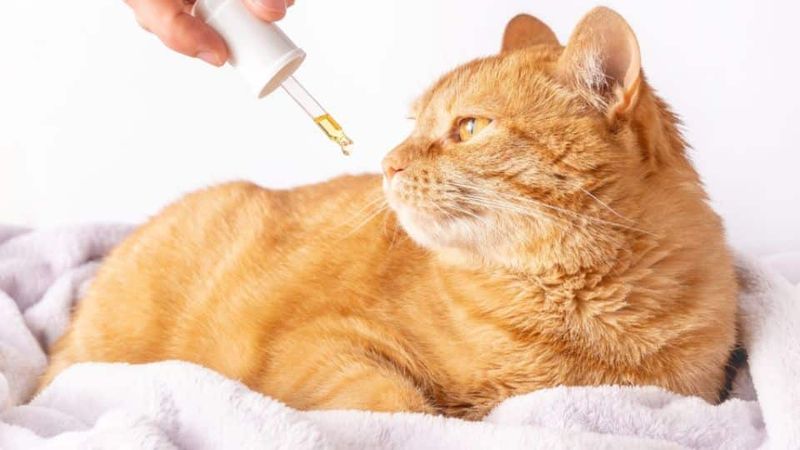
Mother Nature offers gentle remedies for feline frazzled nerves. Veterinarian-approved supplements containing L-theanine, tryptophan, or specific milk proteins can take the edge off transition anxiety.
These ingredients support balanced brain chemistry without sedation. Unlike medications, most natural options can be used long-term during extended transitions like moving or welcoming a new baby.

